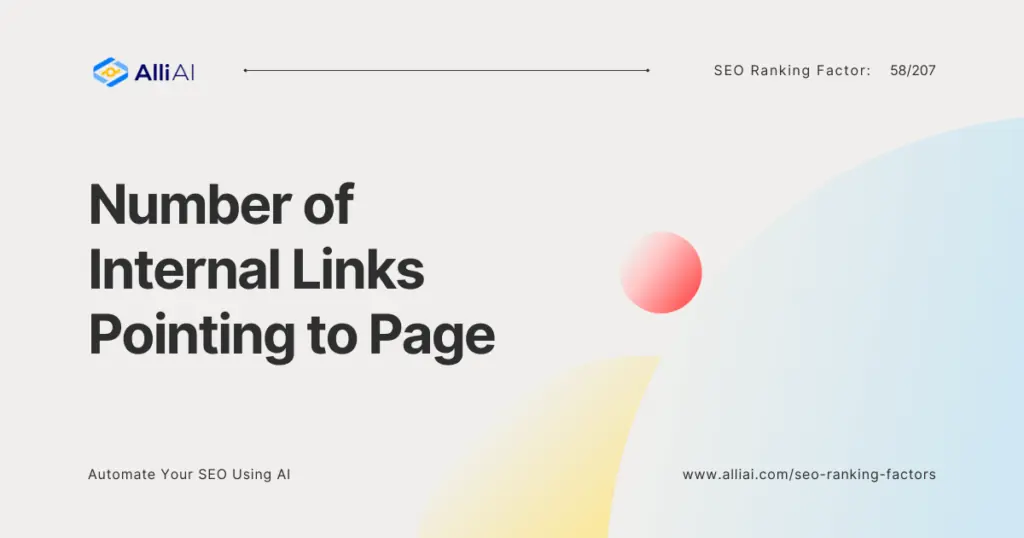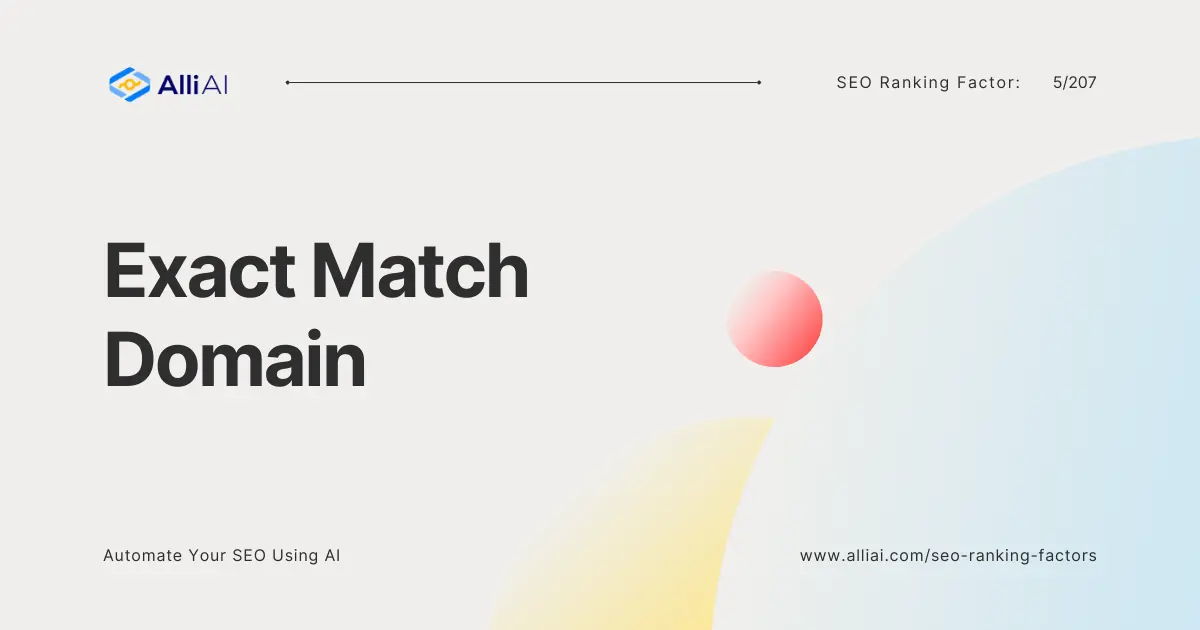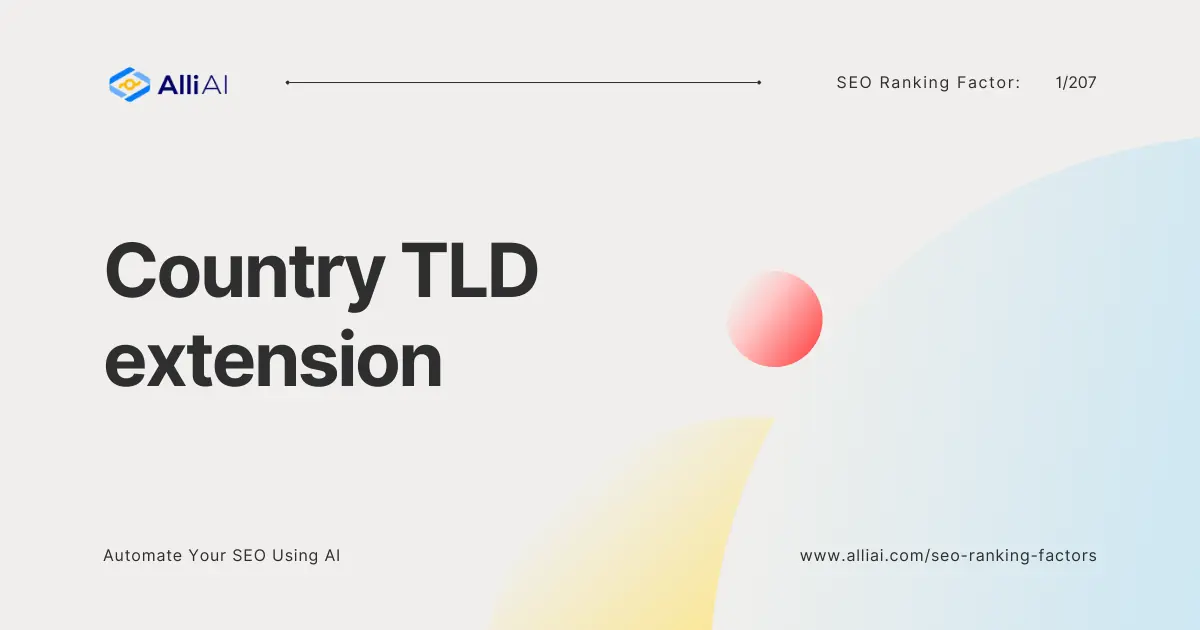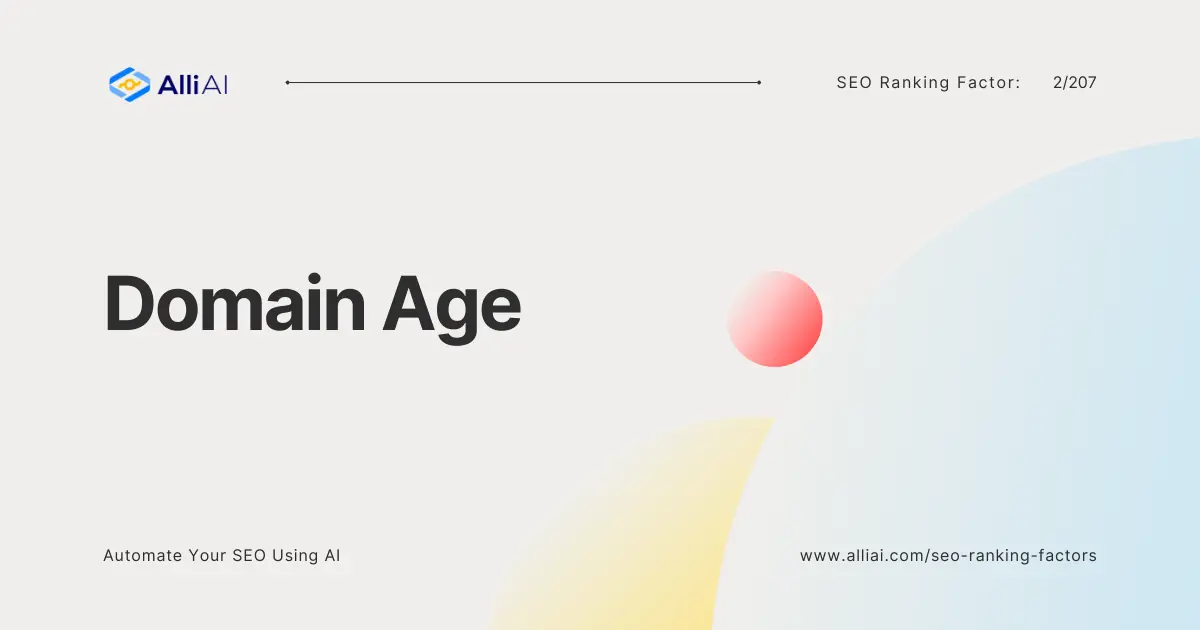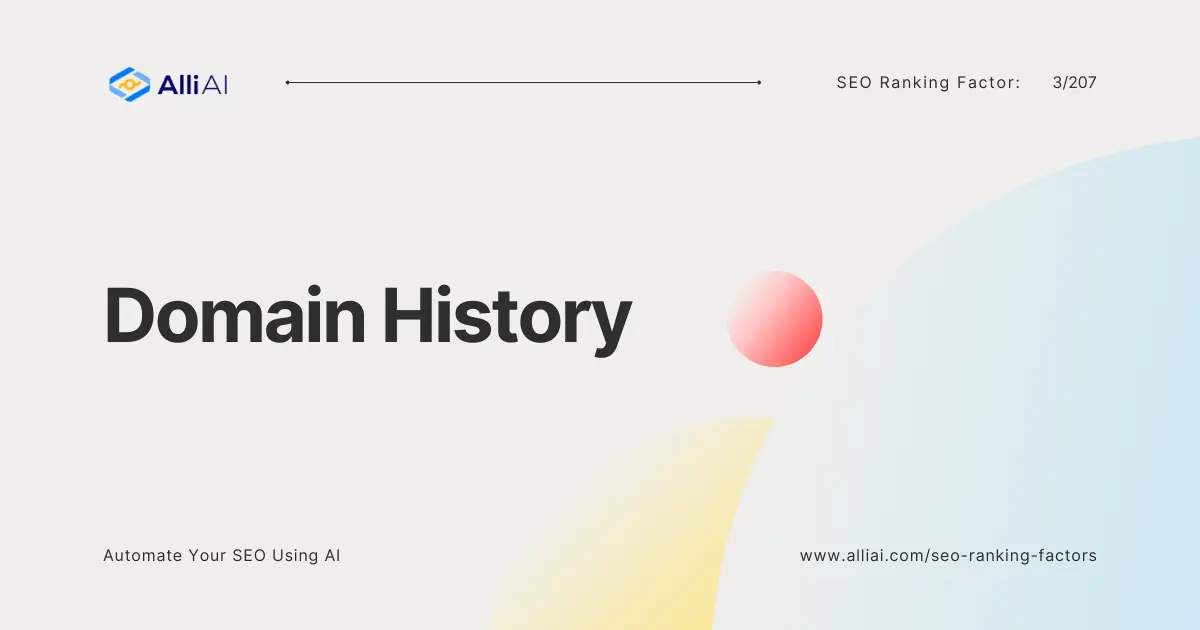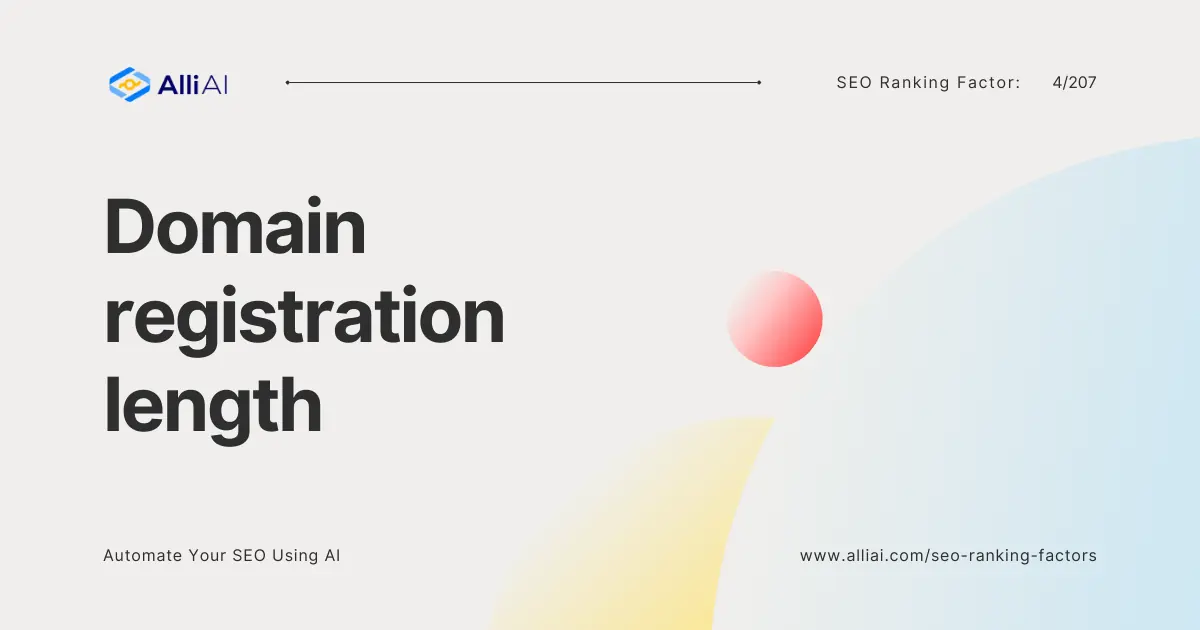Explanation of the Number of Internal Links Pointing to a Page
The number of internal links pointing to a page refers to the total count of links from one page on a website to another page within the same website. These are hyperlinks that facilitate navigation between pages on your site, enhancing the user experience and distributing page authority throughout your website.
Imagine a library with a vast collection of books. Each book represents a webpage, and the references or recommendations within these books that guide you to other books are akin to internal links. A book that is highly recommended across various sections and topics is easier to find, likely more authoritative, and offers value on multiple subjects. Similarly, a webpage with numerous internal links is deemed valuable and easily navigable, making it more favorable in the eyes of search engines.
Why is the Number of Internal Links Important in SEO?
The significance of internal linking cannot be overstated in SEO. It performs a dual function: aiding in website navigation and assisting in establishing information hierarchy and spreading link equity (ranking power). A page with a higher number of quality internal links not only enhances the user’s ability to explore related content but also signals to search engines the importance and value of the page, thereby improving its ranking potential.
How the Number of Internal Links Affects SEO
The impact of internal linking on SEO is multifaceted:
1. Navigation and Usability: A well-structured internal linking strategy improves site navigation, making it easier for users to find content. This enhances user engagement and reduces bounce rates, which are positive signals to search engines.
2. Page Authority: Internal links distribute page authority throughout your site. Pages with more internal links pointing to them typically have higher page authority and, consequently, a better chance to rank higher.
3. Indexing: Internal links facilitate search engine bots in discovering and indexing pages on your site. A well-linked page gets indexed quicker and more efficiently.
Studies have shown that pages with a higher number of internal links have better visibility and ranking in search engines. For instance, a study by Ahrefs found that there is a positive correlation between the number of internal links to a page and its search engine ranking position.
How Can Alli AI Help with the Number of Internal Links Pointing to a Page?
At Alli AI, we understand the intricate dynamics of SEO and the critical role played by internal linking. Our tool is designed to meticulously analyze your website’s internal link structure, identifying opportunities for optimization to enhance your SEO performance.
Comprehensive Analysis: We conduct a thorough examination of your site’s current internal linking setup, highlighting areas where links can be added or improved for better navigability and SEO impact.
Optimization Recommendations: Based on our analysis, we offer tailored recommendations on how to strategically place internal links, ensuring they contribute positively to your site’s authority and user experience.
Automated Solutions: To simplify the process, Alli AI provides automated solutions for implementing these internal link recommendations. Our platform can suggest relevant internal links for new content, making the process seamless and efficient.
By leveraging Alli AI, you can ensure that your website is utilizing the full potential of internal linking to improve your SEO outcomes.
FAQ
How many internal links are too many?
While there’s no one-size-fits-all number, it’s crucial to focus on user experience. Links should be relevant and add value, rather than overwhelming the reader.
Do internal links need to be nofollow?
Generally, internal links should be dofollow to allow search engines to crawl and index them, distributing link equity throughout your site.
How does anchor text affect internal linking?
Using descriptive and relevant anchor text for internal links helps both users and search engines understand the context and content of the link destination, contributing to better SEO performance.
Conclusion
The number of internal links pointing to a page is more than just a navigational tool; it’s a strategic SEO asset that can significantly influence your site’s visibility and ranking in search engine results. Understanding and implementing an effective internal linking strategy can be the key to unlocking your website’s potential, enhancing user experience, and boosting your SEO efforts.
By effectively leveraging tools like Alli AI, businesses and SEO professionals can optimize their internal linking practices, ensuring that their websites are well-structured, user-friendly, and poised for search engine success. Investing time in refining your internal link strategy is an investment in your site’s future performance and visibility.
